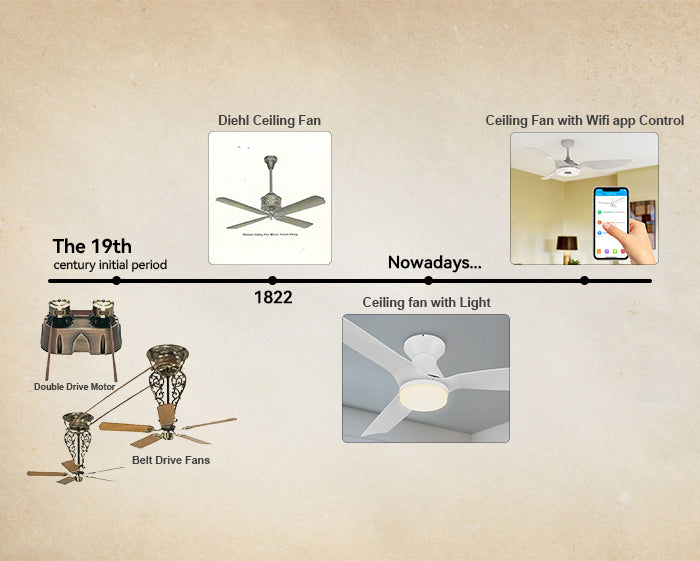Water Damage Recovery and Industrial Drying Solutions
When workplace disasters strike, rapid response becomes crucial for business continuity. Professional water damage recovery requires specialized industrial drying equipment that can quickly remove moisture from affected areas while preventing secondary damage such as mold growth and structural deterioration. Industrial fans play a pivotal role in this process, creating powerful airflow patterns that accelerate evaporation and moisture removal.
The restoration industry relies heavily on high-velocity air movers and dehumidification systems to restore damaged work environments. These specialized fans are designed to operate continuously under demanding conditions, featuring robust construction and powerful motors that can maintain consistent performance throughout extended recovery operations. Understanding the proper placement and configuration of these systems is essential for effective moisture removal and preventing long-term damage to workplace infrastructure.
Professional restoration teams utilize sophisticated moisture detection equipment alongside industrial fans to monitor progress and ensure complete drying. This comprehensive approach combines advanced technology with proven methodologies to restore work environments to pre-loss conditions efficiently and effectively.




